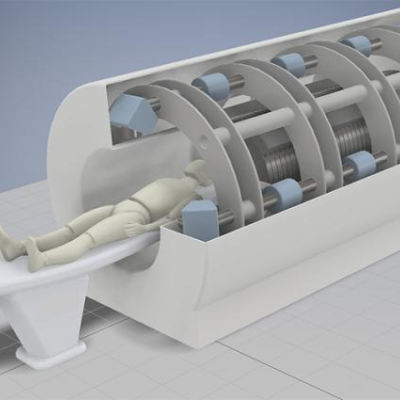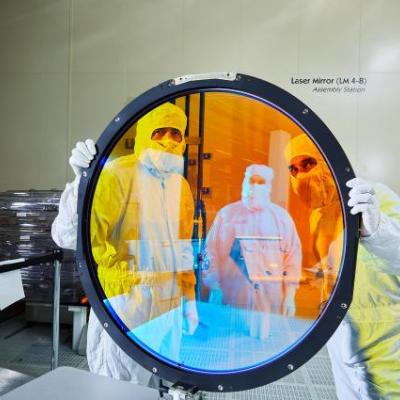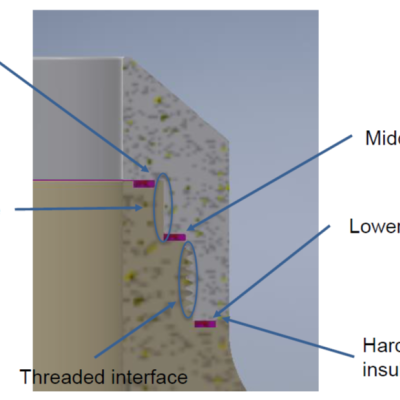The approach is to build a high voltage insulator consisting of two materials: Poly-Ether-Ether-Ketone (“PEEK”) and Machinable Ceramic (“MACOR”). PEEK has a high stress tolerance but cannot withstand high temperatures, while MACOR has high heat tolerance but is difficult to machine and can be brittle. MACOR is used for the plasma-facing surface, while PEEK will handle the…
Keywords
- Show all (118)
- Additive Manufacturing (53)
- Imaging Systems (9)
- Photoconductive Semiconductor Switches (PCSS) (9)
- 3D Printing (8)
- Semiconductors (6)
- Optical Switches (5)
- Electric Grid (3)
- Microfabrication (3)
- Power Electronics (3)
- Synthesis and Processing (3)
- Computing (2)
- Manufacturing Automation (2)
- Manufacturing Improvements (2)
- Sensors (2)
- Spectrometers (2)
- Volumetric Additive Manufacturing (2)
- Manufacturing Simulation (1)
- (-) Particle Accelerators (2)
- (-) Precision Engineering (1)
Image

LLNL’s approach is to use their patented Photoconductive Charge Trapping Apparatus (U.S. Patent No. 11,366,401) as the active switch needed to discharge voltage across a vacuum gap in a particle accelerator, like the one described in their other patent (U.S. Patent No.
Image

The LLNL method for optimizing as built optical designs uses insights from perturbed optical system theory and reformulates perturbation of optical performance in terms of double Zernikes, which can be calculated analytically rather than by tracing thousands of rays. A new theory of compensation is enabled by the use of double Zernikes which allows the performance degradation of a perturbed…


